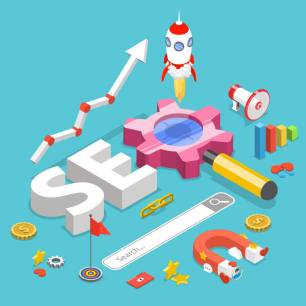
As a budding eCommerce entrepreneur, one basic yet essential tactic to boost your online business is on-page SEO.
On-page SEO uses several technical SEO elements to focus on creating a site and content that will rank highly on search engine results pages whenever there’s a search query related to your line of business.
These strategies will undoubtedly lead to higher conversion rates, which means one good thing—more money for your business.
However, you’ll need to pay the price for the results you want.
You need to combine both content and technical SEO to create your web pages.
In this article, I’ll cover what on-page SEO is and why it is important, noting how you can incorporate this tactic into your web page content.
Without any further ado, grab a seat, and let’s jump right into on-page SEO.
Table of Contents
On-Page SEO: What Is It All About?
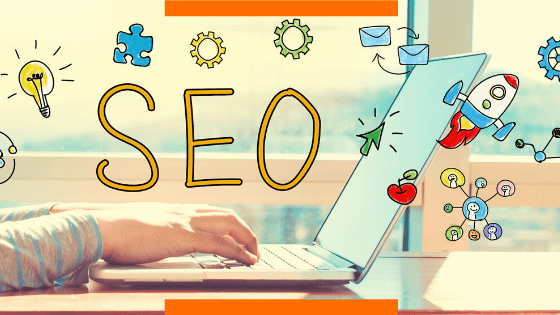
On-page SEO, which is also called on-site SEO, is the process whereby you create optimized content on your web page for your users and search engines like Google.
There are several different on-page SEO tactics you can use to increase the rankings of your website.
Some examples include optimizing content, title tags, URLs, building links, and so on, which help to boost user experience and increase rankings on search engines.
Why Is On-Page SEO Important?
It’s important to learn and use the best on-page SEO practices because Google regularly updates its algorithm so that it can boost the overall experience of users as well as understand user intent.
Also, Google places a high premium on user experience, which is why you should employ this strategy.
If your web pages are well optimized, Google understands your content better, which will help in the organization and ranking of the website. The most basic of this strategy is incorporating keywords into your content.
Google uses keywords to know if your content is relevant to the keywords in a search query.
However, this doesn’t mean that you should stuff your content with keywords or have no regard for the quality of the content.
Therefore, to carry out effective on-page SEO, you need to consider:
- User experience
- Search intent
- Bounce Rate and Dwell Time
- Click-through-rate
- Page loading speed
How to Optimize Your Content for On-Page SEO: The 12 Essential Factors

There are 12 essential elements you need to know to successfully apply on-page SEO to your business.
We’ll discuss each element under three subheadings:
- Content
- Website Architecture
- HTML
Content
As you well know, content is king and will forever be king.
Content without SEO is like a new car without an engine—it can’t work.
So, what are the essential on-page SEO factors to consider for your content?
1. E-A-T
E-A-T stands for Expertise, Authoritativeness, and Trustworthiness.
It is one method Google uses to weigh your web pages.
When you consider the fact that Google mentioned it 135 times in its 175 pages of Google Search Quality Guidelines, you should understand why it plays an important part in the algorithm for search engines.
What this factor is simply saying is, can your content stand as a reliable information resource on that particular topic?
If it can, then you’ve done a good job ranking-wise.
2. Keywords
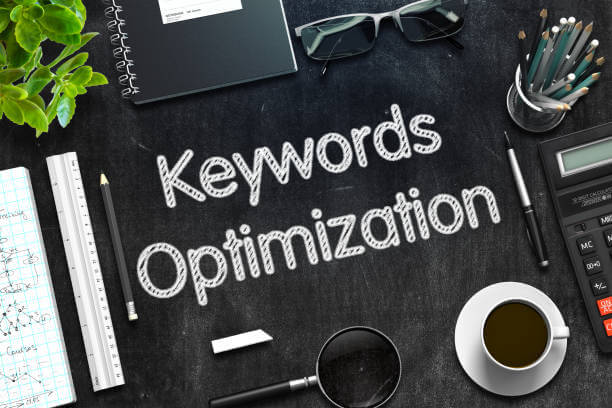
The easiest way to show Google and the other search engines that your content is relevant to a user’s search query is by featuring the query keywords in your content.
You can feature the keywords in your headings, body, conclusion, or even all for better results.
For instance, if you are optimizing the content of a web page for a furniture store, you should include keywords like a dining room set, cupboard, sofa, end table, and so on.
Additionally, you should include keywords that users may likely search for.
Don’t forget to include long-tail keywords if your store is a specialized one.
3. SEO Writing
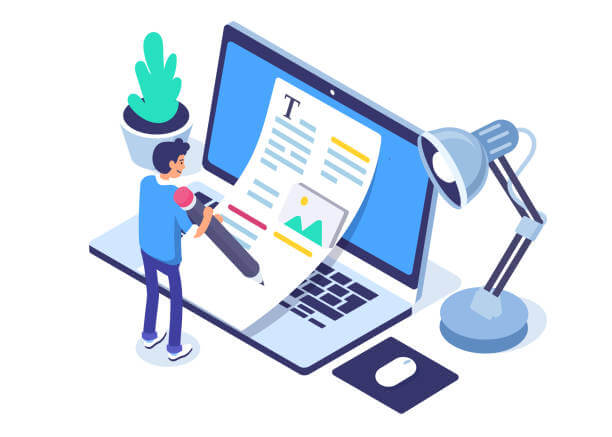
You should create unique content with a focus on not only ranking high in the search engines but also converting the users visiting your site.
How do you achieve both? You can achieve both by using the best SEO practices.
The most essential tips for SEO writing include:
Prioritize Readability: Make it easy for your visitors to get the information they want quickly. Make your content easy to scan.
Use Keywords: As I’ve pointed out earlier, feature keywords in your content, and you should apply the principal target keyword in the first paragraph of your content.
That makes the intent of your content crystal clear to search engines and your visitors right from the start.
Furthermore, if you specialize in a certain aspect of a given niche, you should use long-tail keywords to make your website stand out.
However, it is bad to use keywords discriminately.
You should not overuse keywords, a technique called “keyword stuffing.”
This approach will be detrimental to your site’s ranking as Google places less priority on sites that practice keyword stuffing.
Therefore, your content will rank low on the search engine results page or Google may not feature it at all.
Sentences and Paragraphs: Always endeavor to make your paragraphs and sentences as brief as possible.
When you use unbroken texts, readers will find them very difficult to read.
You should keep the paragraphs and sentences of your content short so that you can retain users and not drive them away.
Subheadings: Don’t forget to use subheadings as they attract the attention of your visitors because their size makes them stand out.
Additionally, don’t forget to use H1 and H2 tags for your titles and subheadings.
They help tell Google the organization of your text.
Lost Items: Additionally, whenever necessary, apply bulleted lists to your content because it makes your content easy to read and scan through.
4. Visual Assets
Applying visual assets like videos, images, and infographics
to your content won’t only make your content more appealing to your visitors, but it’ll also boost your SEO rankings.
A study revealed that 36 percent of prospective shoppers employ visual search when shopping online.
That means if you don’t use visual assets of some sort, you’ll lose out on this significant traffic.
Additionally, incorporate optimization into the accompanying text for completeness in terms of results.
Don’t use images that are too large as this will cause slow loading of your web pages, which will increase your bounce rate.
Lastly, you should ensure that the images are shareable as this will help with backlinking, which is important for E-A-T.
HTML
HTML refers to HyperText Markup Language.
It is a code that Google and other search engines use to impart structure to the content on your website.
These codes inform your visitors’ browsers of the content to display and where to display it.
Search engines like Google and others can also get information about what your content is about and how high or low your web page should rank.
The HTML factors relevant to on-page SEO include:
5. Title Tags
Title tags are one key area of HTML you’ll need to focus on.
It is a code snippet that provides your web pages with a title that, together with the other on-page SEO elements, will boost your site’s context and also increase its relevance.
Title tags usually appear in the search engine result page above the meta description but underneath the URL.
It is a ranking factor, giving searchers an idea about your web page’s contents, which increases user experience.
The visitors to your website look at the title tag to see if your content relates to their search query.
For the best on-page SEO practices, incorporate keywords into your title tags; it’ll increase your click-through rates and traffic.
6. Meta Description
Meta descriptions, even though some SEO professionals say they are not important for SEO ranking, they are still very useful.
That’s because they help search engines like Google to know what your content is about and can also increase your click-through rates and contribute to a positive user experience.
If you use meta descriptions well, internet users will understand your web page content better, which will result in more click-through rates.
7. Image Optimization
.png)
It’s not enough to use visual assets, you should optimize the images as well.
Some image optimization tips to boost on-page SEO include:
- Use alt tags that are SEO-friendly.
- Make your site load faster by selecting images that are of the right size and format.
- Personalize the image file names instead of using names like IMG-0986.
- Choose images that are phone-friendly
8. Geotagging
Even though the world is a global village, your business still begins at a certain location.
Therefore, it’s important to optimize your content to connect with local users. That will boost your on-page SEO.
This tactic is very essential for medium-sized and small-scale businesses.
The main SEO tactics to consider when focusing on local traffic include:
- Optimize citations and local listings, including names, phone numbers, and addresses.
- Optimize the website URL
- Optimize business descriptions.
- Utilize third-party applications.
- Get reviews
- Optimize and incorporate links with the other relevant organizations and businesses in your locale.
- Incorporate the target location’s name into your keywords and include the keywords in your content.
Website Architecture
You should structure your website well because a website that is well organized logically will feature more on search engine ranking pages and provide users with a better experience.
Here are the website architectural factors you should incorporate for maximum on-page SEO results:
9. Site Speed
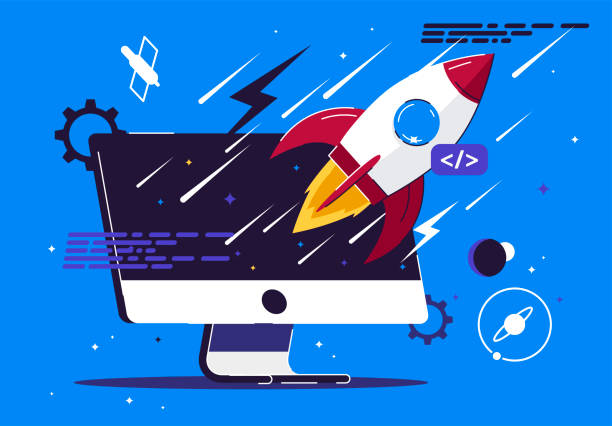
If your web pages are guilty of slow loading, you’ll not only drive users away, but you’ll have lower rankings as page load speed is a critical factor search engines consider for SEO rankings.
Measures to take to ensure your web pages load faster are:
- Decrease redirects
- Leverage on browser caches.
- Activate compression features.
- Optimize the images on your web pages.
10. Responsive Design
Ever since mobile search volume beat desktop search volume, Google has prioritized web pages that are amenable to mobile phone searches.
Mobile phone searches make up 56 percent of all internet searches, while tablets contribute a further 2.4 percent.
These figures go to show that it is very necessary to make your website mobile-friendly.
The least you can do is to have a mobile version of your website.
11. URL Structure
Incorporating keywords into your website’s URL was an important SEO ranking factor in the past.
Now, they don’t play that role anymore.
However, that doesn’t mean you should ignore this tactic completely; otherwise, it wouldn’t have been mentioned.
Some SEO professionals theorize that it is still useful in grouping web pages, and so you should employ it too.
When you incorporate important target keywords into the URL, it tells searchers and Google that you’ll cover the topic on that web page.
12. Links

Building links helps to direct organic traffic from Google and other search engines to your site.
When you combine link building with other on-page SEO practices and technical SEO elements, your website will be a force to reckon with.
Links work together with E-A-T to create good on-page SEO.
Establishing links with websites that are reputable is one efficient way of having expertise, authoritativeness, and trustworthiness.
For on-page SEO purposes, there are three basic types of links you should employ:
Internal Links—Internal links lead users from one page to another on your website.
Internal links help users to engage further with your web pages as they spend more time on your website clicking links, which will in turn decrease the bounce rate.
The links also give Google a general idea of your website’s architecture.
Outbound Links: Outbound links are also called external links. They are links that take users to a website on another domain.
Backlinks: Inbound links are also known as backlinks.
They are links that direct other websites to your web pages.
Inbound links are the most important because they direct traffic to your site and give you the best SEO benefit.
However, one setback with backlinks is that they are very difficult to obtain.
Final Thoughts
Everything that has a beginning must have an end.
That said, we’ve come to the end of this article.
I believe if you apply the on-page SEO tactics thoroughly discussed, in no time you’ll see your web pages among the most ranked pages on search engines, especially Google.

